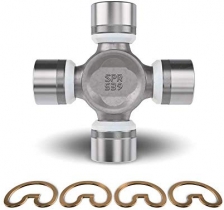-
Welcome to Tacoma World!
You are currently viewing as a guest! To get full-access, you need to register for a FREE account.
As a registered member, you’ll be able to:- Participate in all Tacoma discussion topics
- Communicate privately with other Tacoma owners from around the world
- Post your own photos in our Members Gallery
- Access all special features of the site
Driving Under Pressure
Discussion in '1st Gen. Tacomas (1995-2004)' started by Mikeyjd, May 28, 2014.


 Tapping 16mm or other options?
Tapping 16mm or other options?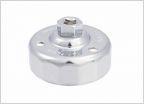 Oil change recommendations?
Oil change recommendations?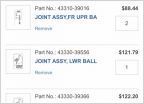 Ball joints
Ball joints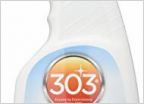 Windshield Cowl clips ...
Windshield Cowl clips ...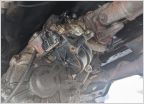 AWD actuator removal
AWD actuator removal




















